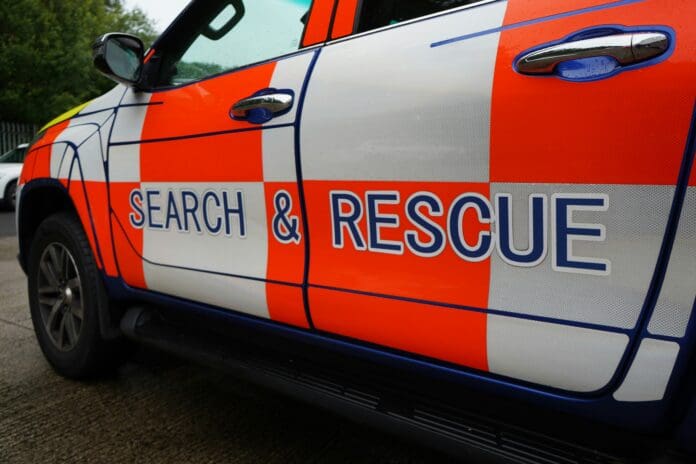This post is also available in:
 עברית (Hebrew)
עברית (Hebrew)
Researchers have developed a new approach to robotic mapping that could help autonomous systems operate in unstable or cluttered environments, such as collapsed buildings or underground tunnels, where GPS and prior maps are unavailable.
The technique, designed to improve how robots build and update three-dimensional maps, allows them to process an unlimited number of camera images in real time. This flexibility enables rapid scene reconstruction and localization, including the ability to know precisely where the robot is within its surroundings.
The system, created by a team at MIT, combines advances in artificial intelligence with classic computer vision. It breaks down a large environment into smaller “submaps”, each generated from a few camera images. The robot then aligns and merges these submaps into a complete 3D reconstruction while tracking its position within it.
Earlier approaches based purely on machine learning struggled to handle large datasets, typically processing only a few dozen images at once. Traditional mapping methods, meanwhile, often require pre-calibrated cameras and can fail in visually complex or poorly lit areas. The new method addresses both issues by offering high accuracy without the need for special sensors or manual calibration.
The key improvement lies in how the system aligns its submaps. Rather than relying solely on geometric rotations and translations, which can fail when images contain distortions or noise, the researchers introduced a more flexible mathematical framework. This allows the model to compensate for small deformations, producing smoother and more consistent reconstructions.
Tests showed that the system can generate detailed 3D maps of intricate scenes, such as building interiors, in just a few seconds. The average reconstruction error was measured at less than five centimeters, which is a level of precision suitable for navigation in disaster/war zones or industrial facilities.
According to TechXplore, beyond search-and-rescue applications, the method could support augmented-reality systems, warehouse automation, or wearable navigation tools. Because it relies only on video input and standard hardware, it can be deployed quickly and scaled across different robotic platforms.
The researchers say their approach shows that combining modern AI with established geometric principles can make robotic perception faster, simpler, and more adaptable to real-world challenges.
The findings were published here.


























